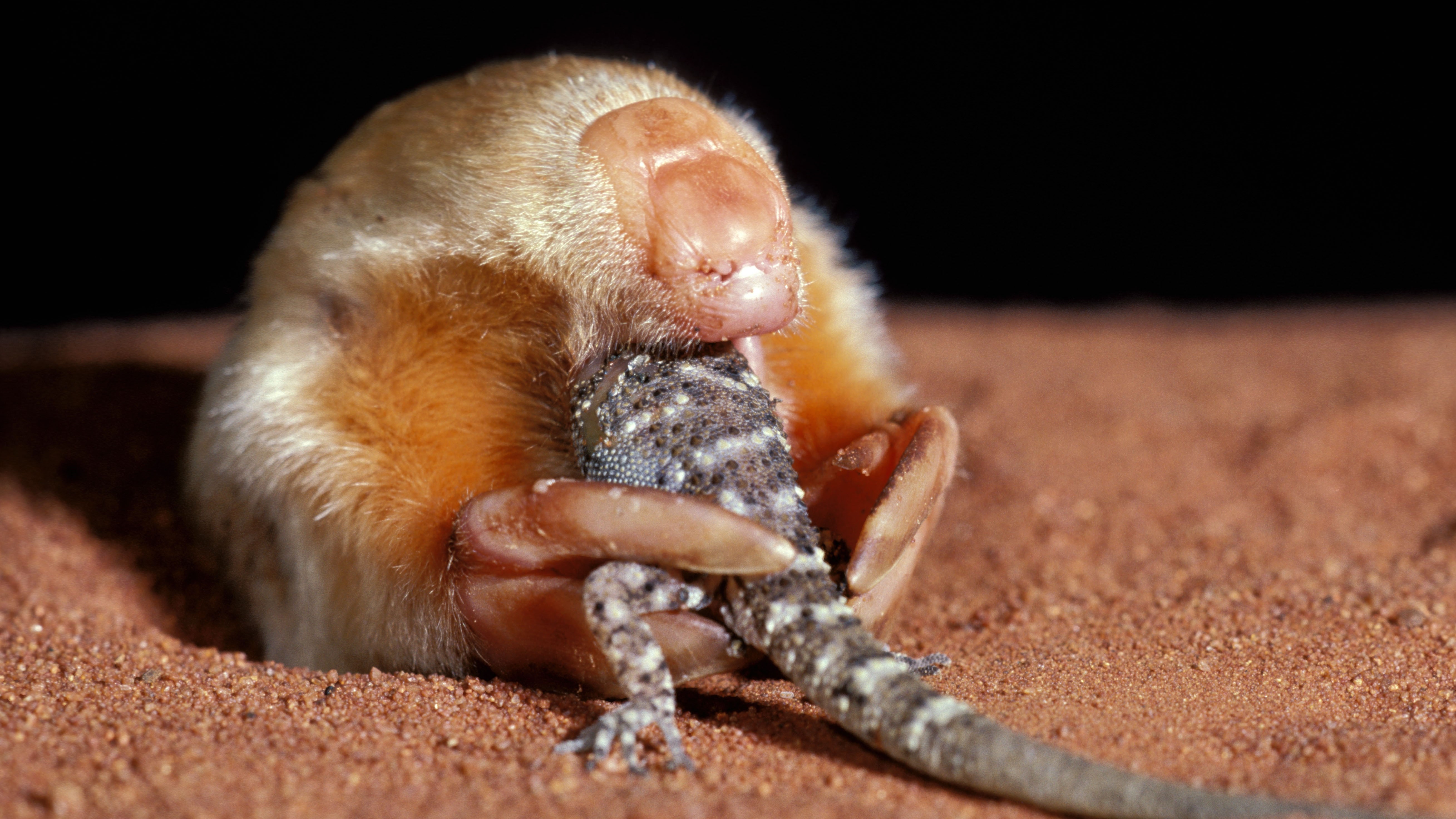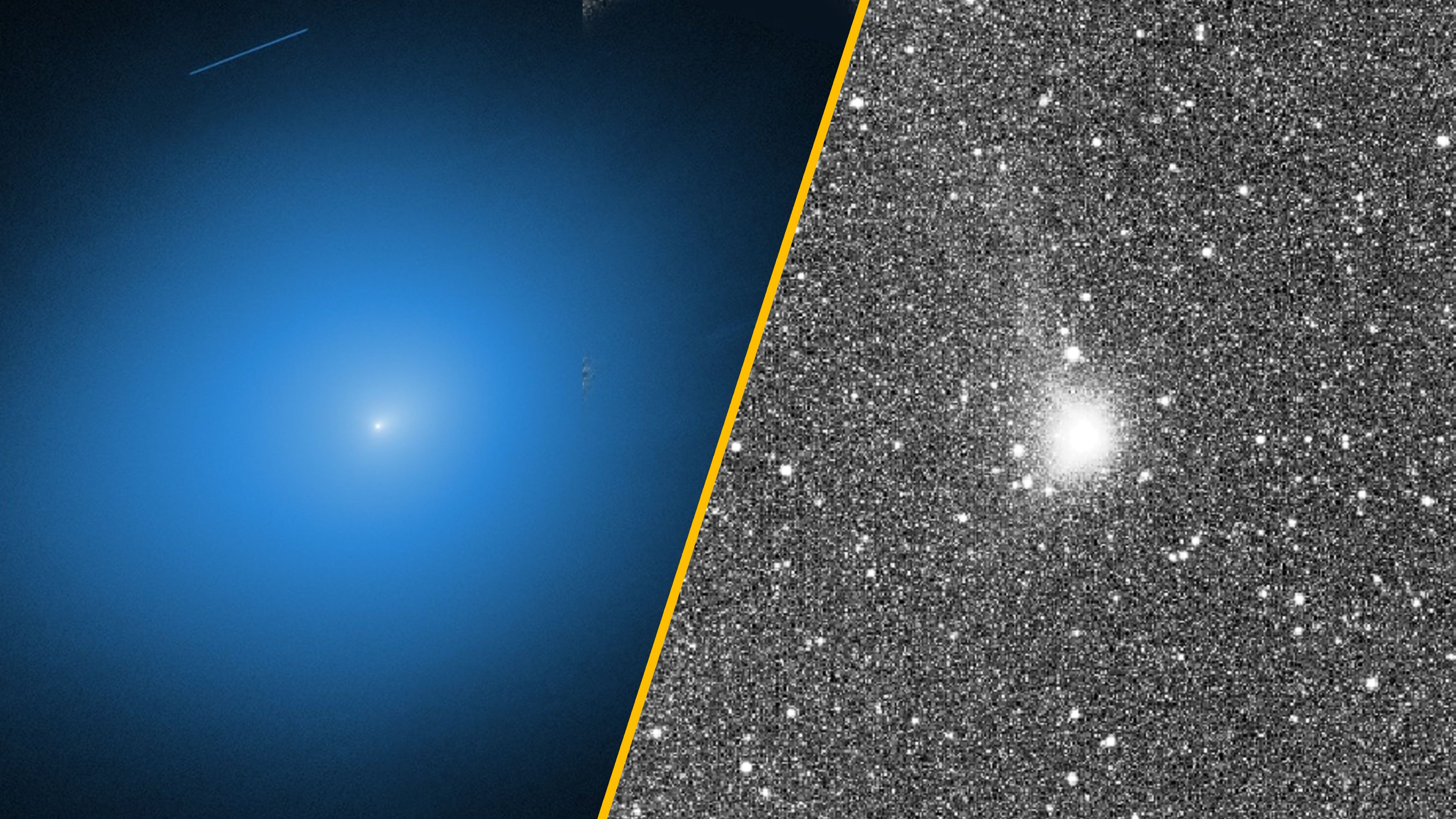Extremely rare marsupial mole that 'expertly navigates' sand dunes spotted in Western Australia
Kanyirninpa Jukurrpa Martu rangers have photographed an elusive mole covered in silky golden locks that burrows in the sands of Western Australia and is only spotted a few times per decade.

Aboriginal rangers have spotted an extremely elusive, palm-size marsupial mole with lucious blond locks in a remote corner of Western Australia's Great Sandy Desert, rare new pictures show.
Northern marsupial moles (Notoryctes caurinus) are known by the Martu — the traditional owners of a large part of central Western Australia — as Kakarratul and live in the sand dunes of the Australian outback. The creatures are so rarely sighted that their population size remains a total mystery, the BBC reported.
The tiny moles are covered in silky, golden fur and spend very little time above ground, although they do occasionally surface in wet and cool weather, according to Animal Diversity Web. But, the majority of the time, these tubular-shaped marsupials move through the sand up to 8.2 feet (2.5 meters) below the surface using their heads and excavator-like clawed hands.
Northern marsupial moles have no eyes, but "despite being blind, they expertly navigate the underground and use their calloused nose and forehead as a ram to burrow," representatives of Kanyirninpa Jukurrpa, a Martu organization that aims to build strong and sustainable communities, wrote in a Facebook post.
Related: 'Mini kangaroos on steroids' make comeback in South Australia after disappearing for 100 years
This is the second sighting of the moles in six months, which is rare and "incredible news," representatives said, given that only between five and 10 northern marsupial moles are typically encountered in a decade.
"The Kakarratul is a fascinating creature that 'swims' through the sand of Australia's western deserts," the representatives wrote. "Unlike most burrowing mammals that leave hollow tunnels behind, Kakarratul carve a path and fill it in as they go, squeezing their body forward through the sand."
Get the world’s most fascinating discoveries delivered straight to your inbox.
Rangers search for the moles by digging in the sand and keeping their eyes peeled for tiny footprints, Lynette Wildridge, a senior ranger and a Nyangumarta Aboriginal Australian responsible for a vast stretch of coastal and desert country in Western Australia's Pilbara region, told the Australian Broadcasting Corporation (ABC) News.
The new pictures have "caused a bit of excitement," Zan King, the general manager of Healthy Ninti (knowledge) in Kanyirninpa Jukurrpa, told ABC News. The rangers, who were still out in the field and out of phone range when the news broke, "are all keen to get back home to tell their families and show the photos to the young kids," she said.

Sascha is a U.K.-based staff writer at Live Science. She holds a bachelor’s degree in biology from the University of Southampton in England and a master’s degree in science communication from Imperial College London. Her work has appeared in The Guardian and the health website Zoe. Besides writing, she enjoys playing tennis, bread-making and browsing second-hand shops for hidden gems.


